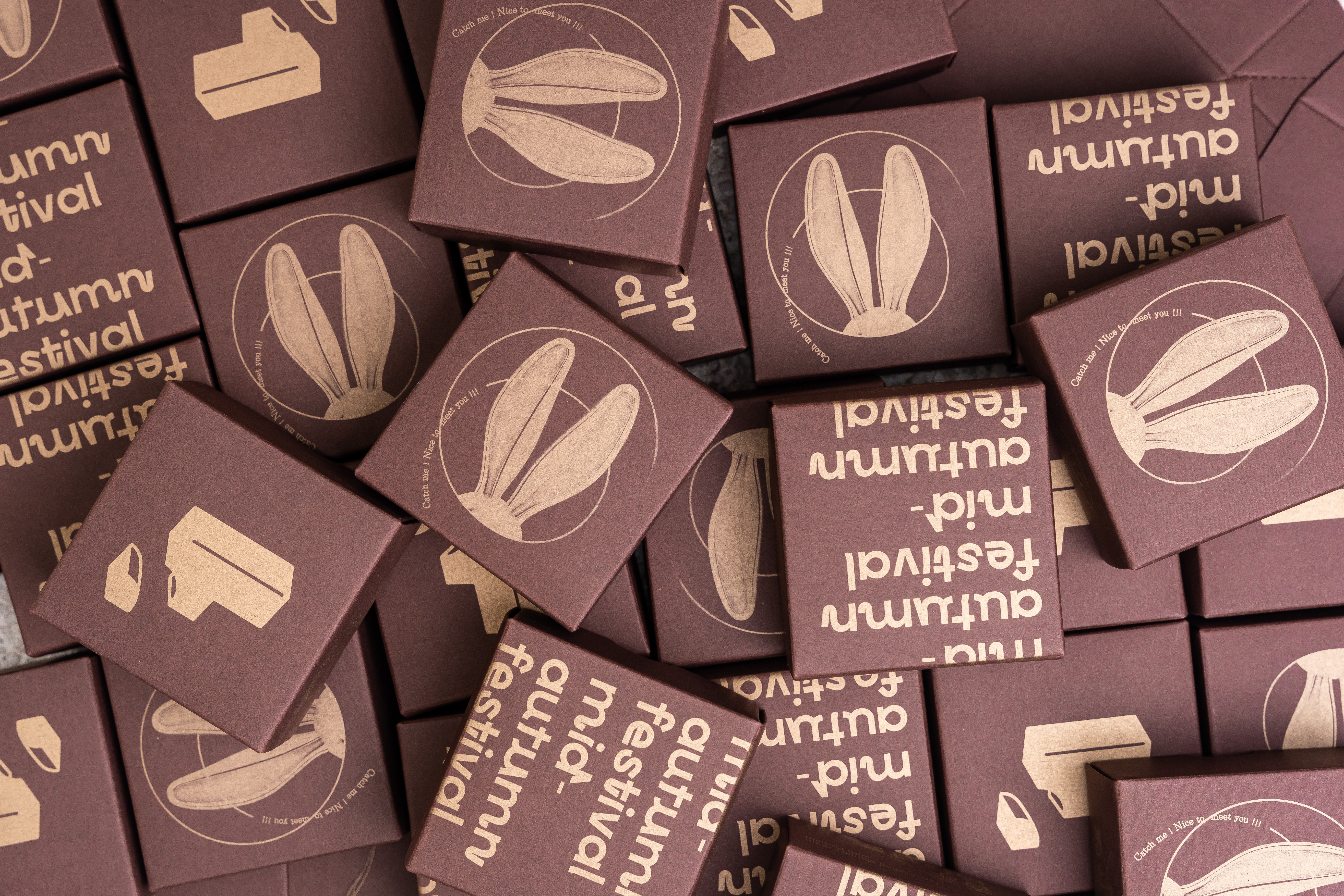
Matsya is a Sanskrit word that means fish. It is often associated with the beginning of the human life.


The Mahabharata, is one of the major epics of ancient India. It narrates the struggle between two groups of cousins in the Kurukshetra War and the fates of the Kaurava and the Pandava princes and their successors.

This much context would be enough to go through the composition but in case you want to know more about Mahabharata, you could visit the Wikipedia page and if further interested you could refer to Jaya, by Devdutta Pattanaik.

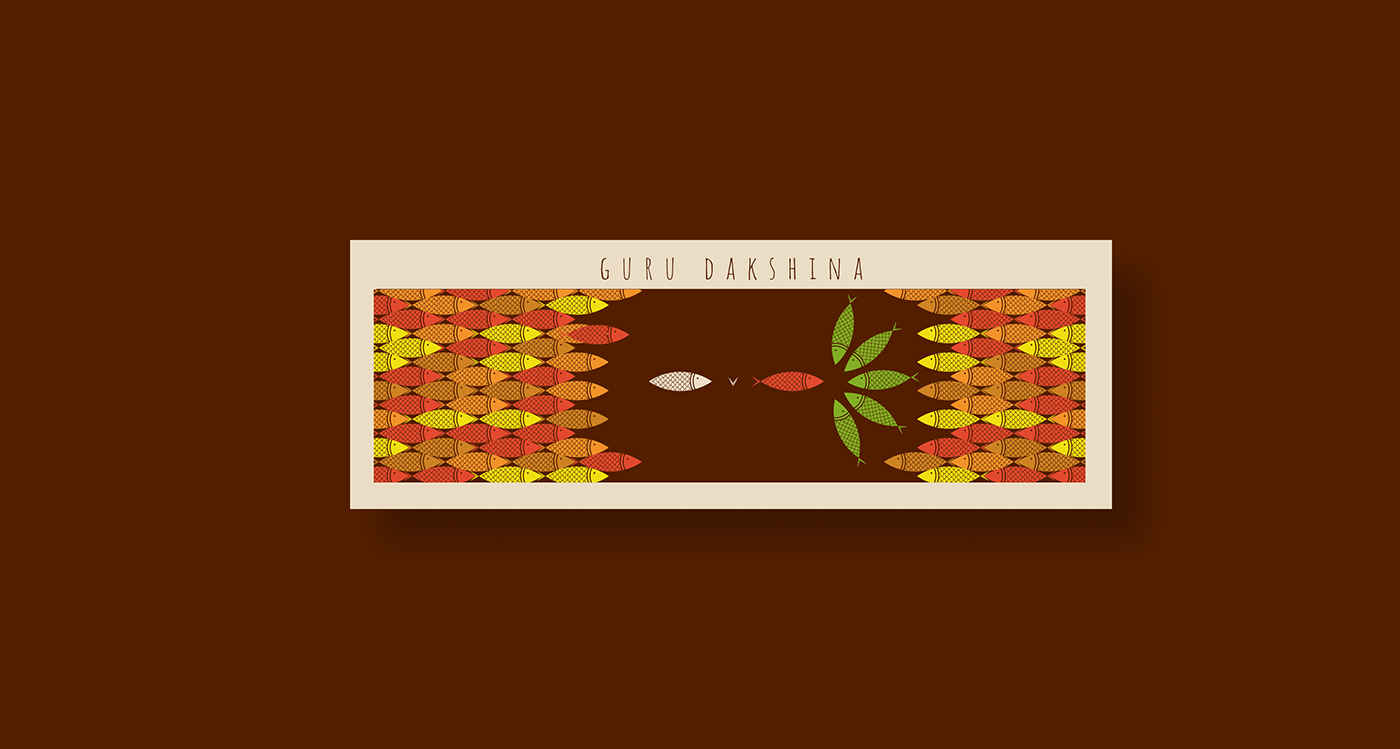

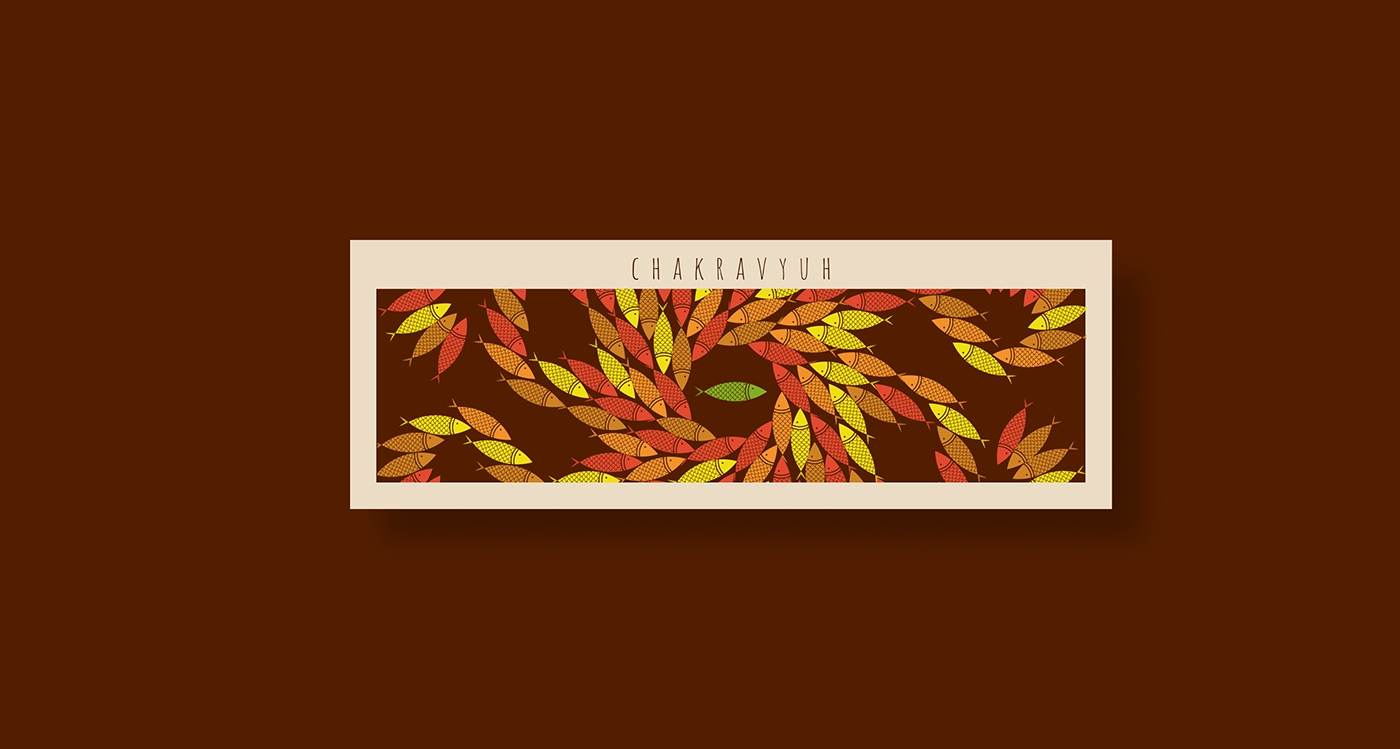


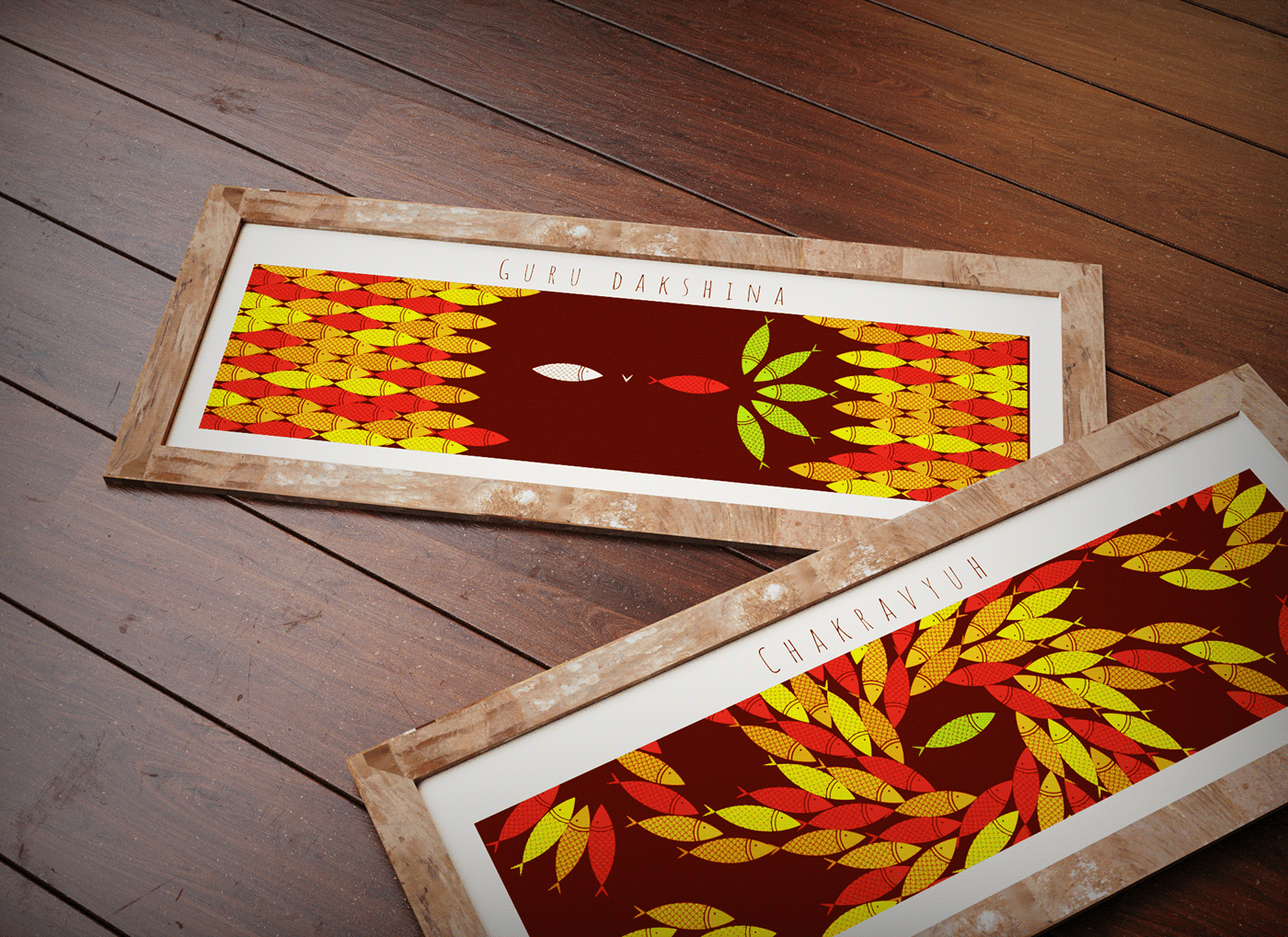


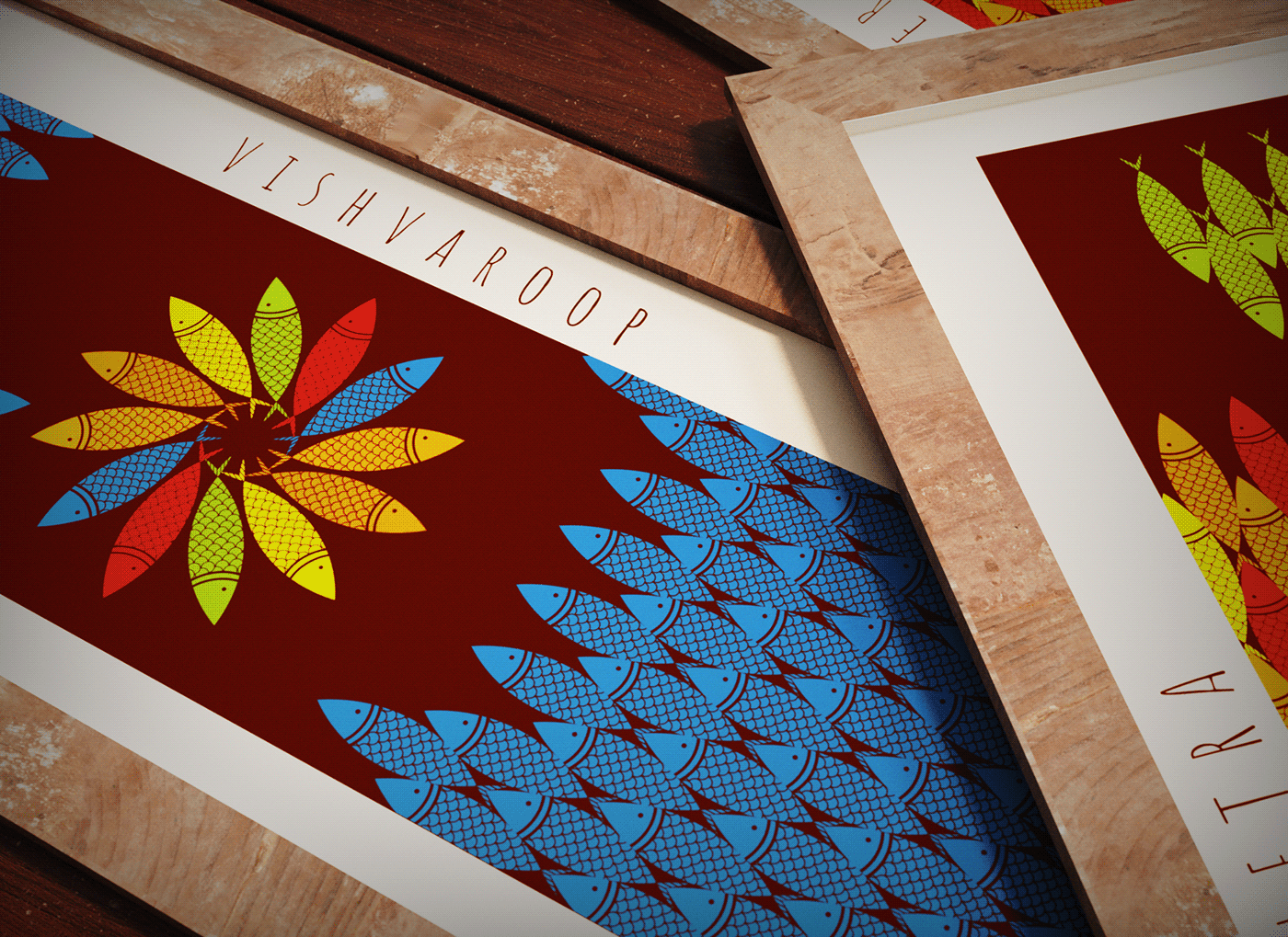
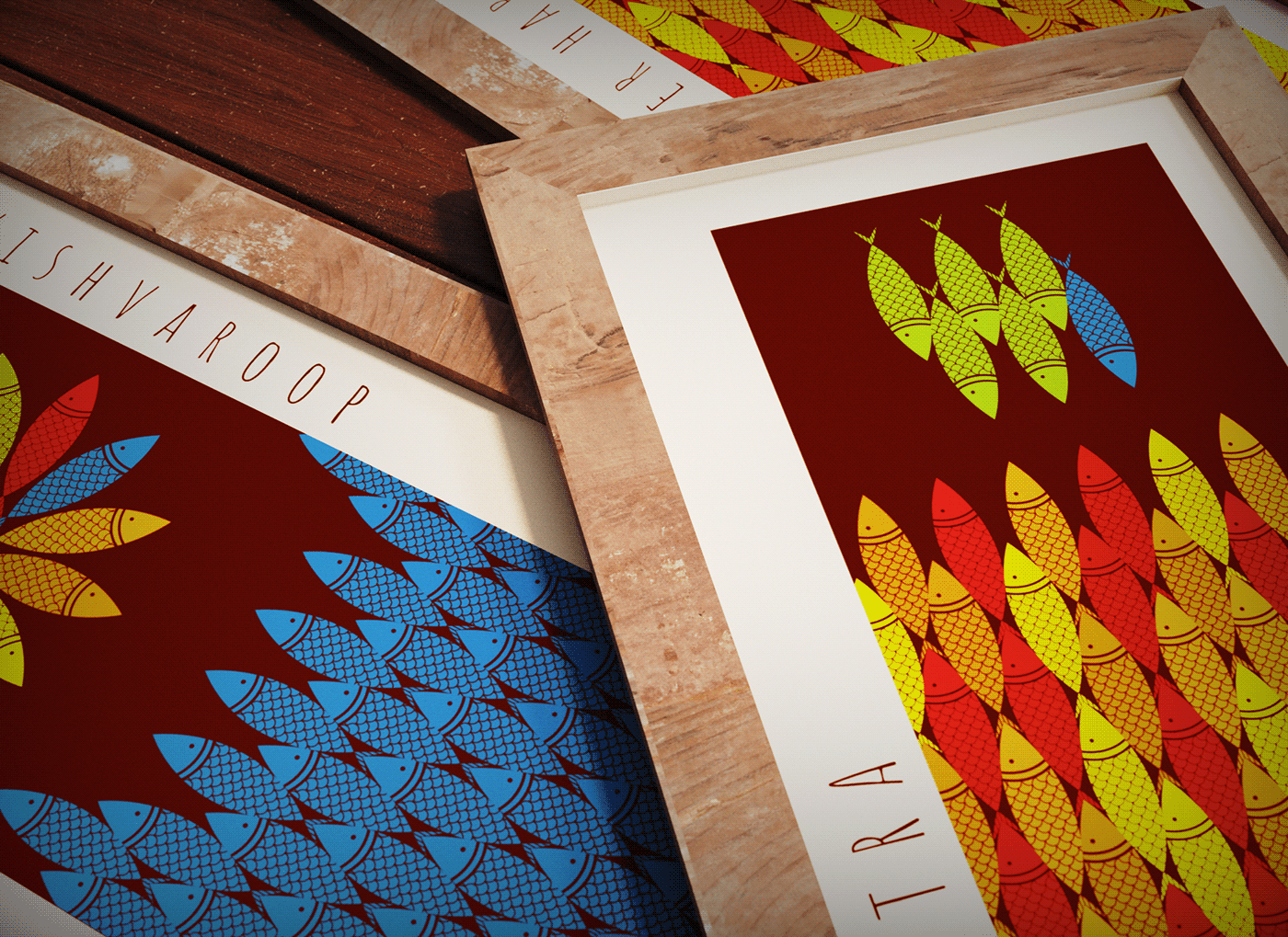


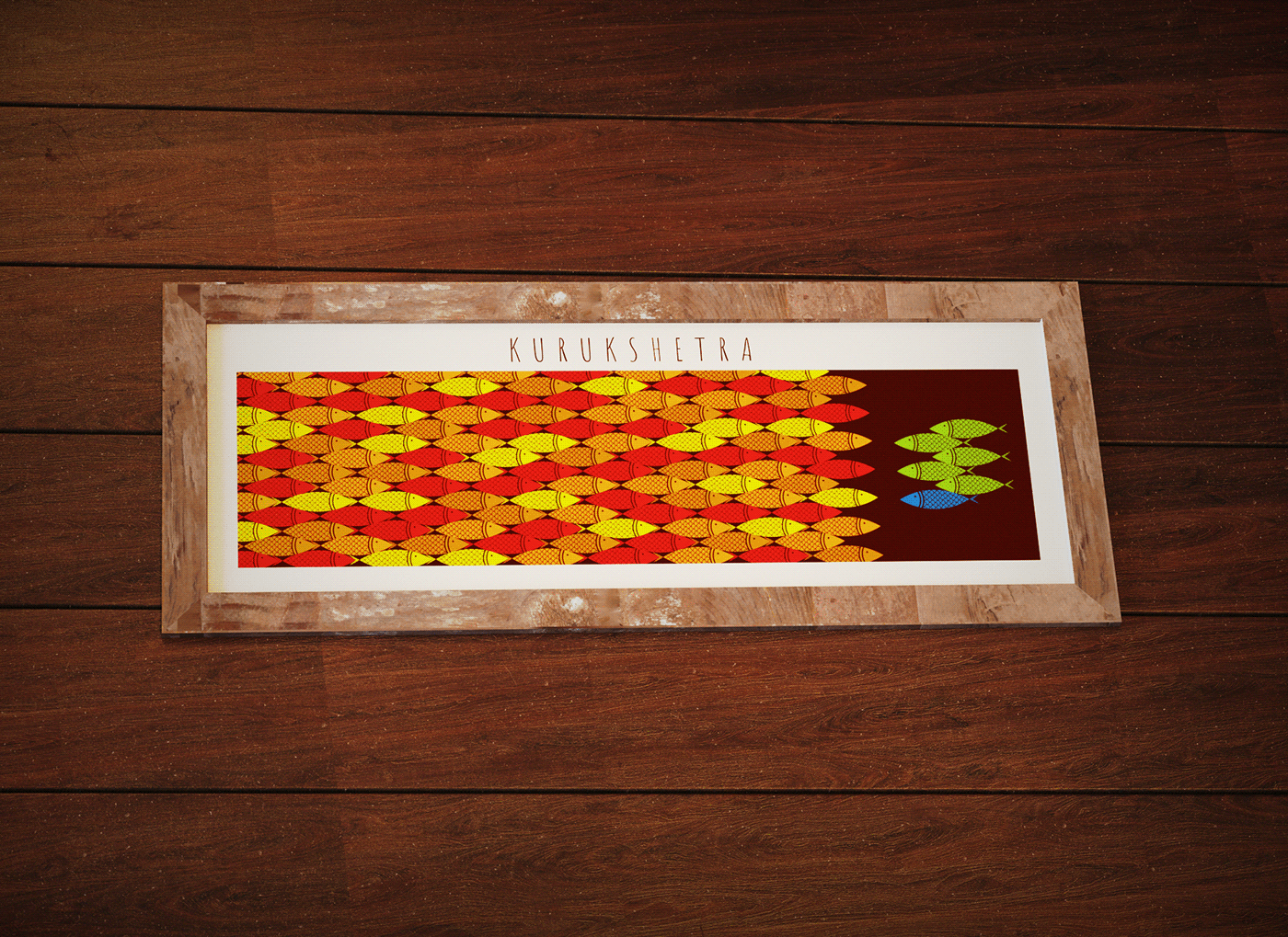

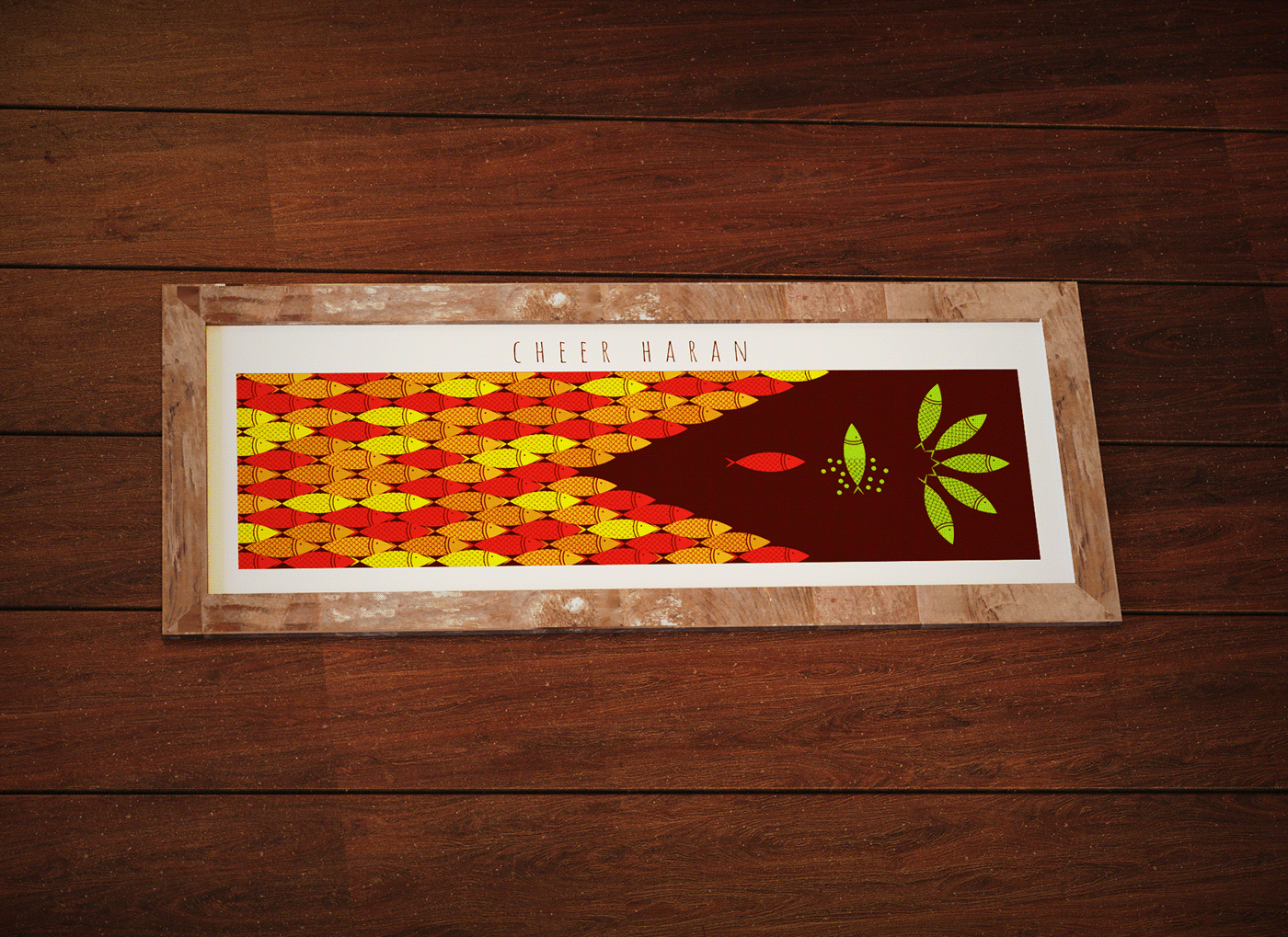


Following this, is how I made these and what was my thinking behind.

As a class assignment I was given a task to create composition based on the elements of design and colour theory.


As yo might have got an idea about the context from the information above, the theme revolves around the Mahabharat but I still needed to set a context for which a small word association study was conducted with some people (n=12) and to my surprise one element was common in the all of the responses.

The fish
The fish was the common element. On further discussion with the participants and few experts in the domain I figured that the beginning the mid and the conclusion events has a relation with the aquatic life or the fishes.
1) Leaving the children in the river
2) Draupadi's swayamvar and the fish tournament
3) Duryodhan hiding in the lake among the fishes
and hence based on this I defined my context as the Matsya Mahabbharata or the theme of Mahabhrata in the context of the fishes.





My understanding about the colour theory is that although the colour provides somewhat similar experience to most people but their interpretation mostly depends on the context.
In the Indian context of the colour theory warm colour schemes are used to represent divine and the noble but I wanted to use the warm colour scheme to represent the other group and for that the Mahabharat would provide the appropriate context.

I chose the warm colour scheme to represent the Kauravas side, who spent heir whole life in the palace and had hardly seen any hardship when compared to he other group. it is also assumed by many that since they belong to palace there association should also be with gold. Also more colours are considered as the unlike Pandavas the Kauravas were not united and having conflicts among themselves is fairly common.

I chose the cold colour scheme to represent the Pandava's side. who had to spend their life in jungle. The people under the Pandavas were united and had a clear goal and hence the fewer colours have been used.

And finally the neutral to represent those who were no influenced by the groups and to represent the scene


I created only 2 elements for the composition and have used colours to bring variation in the elements.

The ground
This is where the events would take place and the character would interact within he limited space.

The powerful
To represent the characters from the Kaurava's side who were known for their power and by power I not only mean physical power but mental as well. this would include people like Duryodhan, Guru Drona, etc.

The known
To represent the characters from the Kaurava's side who are known by the most of the people today. This would include people like Dussashan.

The unknown
To represent the characters from the Kaurava's side who are not known by the majority of the people but at some point were essential to the plot. this would include people like Yuyutsu.

The forgotten
To represent the characters from the Kaurava's side who are neither known by the majority of the people nor they played an important plot. this would include people likee Vindha, Saha etc.

The Pandavas
To represent all the characters on the Pandavas side. this would include the 5 Pandav brothers and their wife, and family.

Others
To represent the people who were did not sided with anyone nd this would include people like Ekalavya.

Sri Krishna
And finally the blue colour is chosen to represent lord Krishna.


I went through the entire book from where I selected 5 events to create the composition
1) he declaration of the war
2) Abhimanyu in the battle field
3) Draupadi's cheerharan
4) Ekalavya's devotion towards his guru
5) Lord Krishna's Vishwaroop


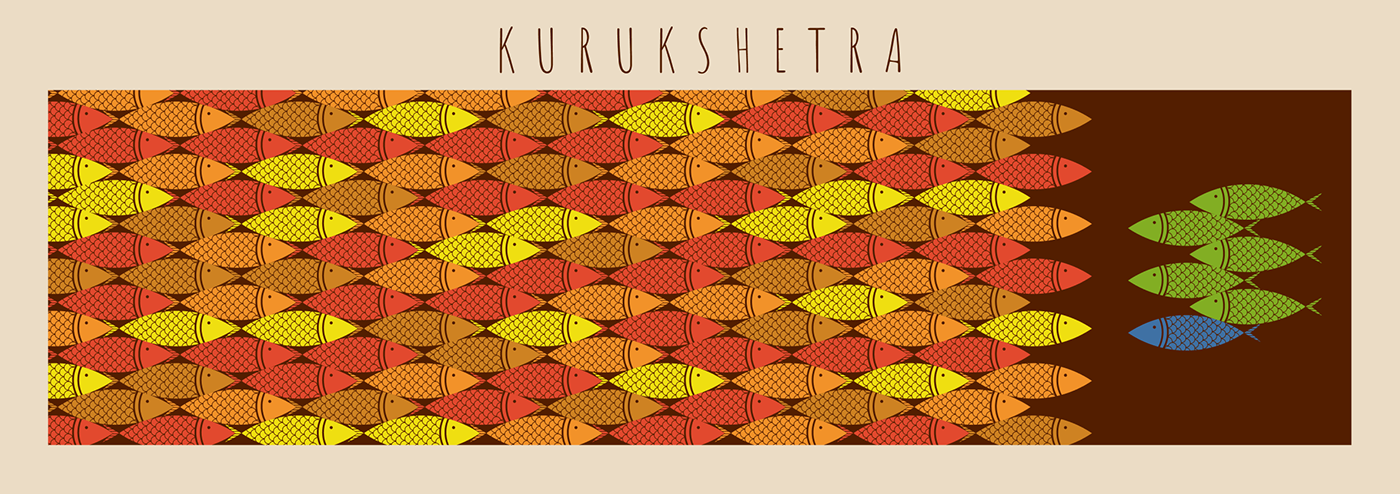
Kurukshetra
This is the first composition of the series which would set the context of the series as everyone would not be going through the information mentioned above. This event took place when Duryodhana refused to give back the kingdom of Pandavas and when he can’t give the minutest part of land to Pandavas leave alone five cities requested by Yudhishtir, Krishna declared the war.
in the war the Pandava's though less in number were on the right side which is repesented here with the dictions.
Although Lord Krishna did not participated in the war but was sided with the Pandav's and hence asymmetry has ben used as the design principle.

Guru Dakshina
The second composition is inspired by the love and devotion of Ekalavya for his ideal Guru Drona. Guru Drona asked for Ekalavya's thumb as the fees for he teaching and to show the same I have used contrast of space is used to emphasize as the design principle.

Cheer Haran
This composition is inspired by the aftermath of the gambling event in which the pandavya's lost their right of their wife and Duryodhan ordered her become one of the maid of the palace. and she was saved by Lord Krishna.
In my opinion this was the most powerful moment of the events of Mahabharata and to represent this unity has been used as the composition is needed to be seen as a whole o understand its meaning

Chakravyuh
This composition is inspired by the tragic event of Abhimanyu Vadh where a 16 year old boy was trapped in the chakravyu attacked by 5 of the most powerful people from the Kaurava's side and to represent the same the principal of rhythm.

Vishwaroop
Though this event took place at the beginning of the Kurukshetra war I chose it as the conclusion of the series. The vishwaroop is the form Lord Krishna showed to Arjuna to help him understand his responsibility towards his duty.
and I tried to depict my understanding through the design principle of emphasis that was
"One should responsibly perform his duties, irrespective of the consequences. In the end God will set everything right as God is everything And everything is God"

I hope it this project was insightful for you as it was for me and it would be great, and motivating for me, if you could provide your feedback in the comments.


